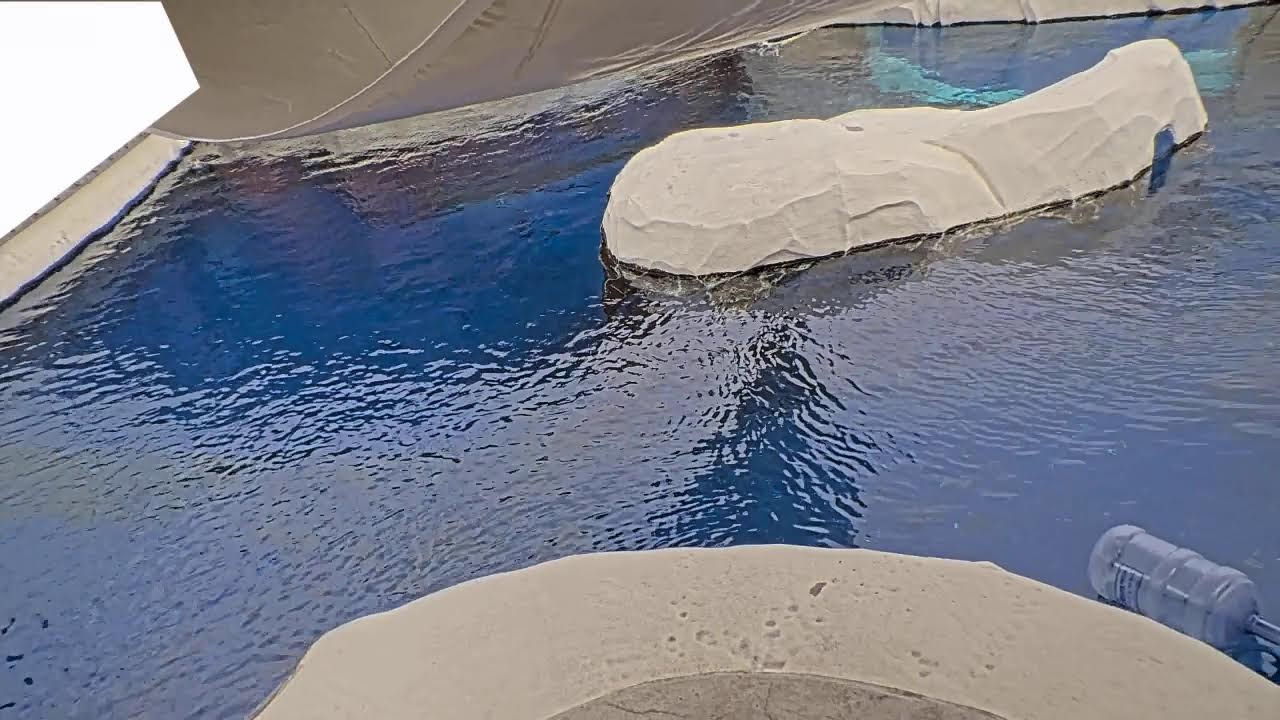- Sea otter biology and behavior: Understanding the fundamental aspects of sea otter biology and their intriguing behaviors in aquatic ecosystems.
- Importance of sea otters in marine ecosystems: Analyzing how sea otters maintain the balance of their habitat and contribute to biodiversity.
- Conservation status and threats: Evaluating the threats sea otters face in the wild and the current status of their population.
- Role of zoos and aquariums in conservation: Highlighting how institutions contribute to the conservation of sea otters and involve the public in marine animal stewardship.
- Educational value of Sea Otters Live: Exploring how the Sea Otters Live program educates the public on otter life, marine conservation, and sustainable practices.
Sea otters, known for their playful demeanor and endearing appearance, are a significant focus of zoological study and wildlife conservation efforts. Their biology and behaviors are fascinating, offering insight into their survival mechanisms and social structures. Sea otters are small marine mammals primarily inhabiting coastal regions of the North Pacific Ocean. They are the heaviest members of the weasel family but are the smallest marine mammals. These animals are unique due to their dense fur, which provides insulation in cold waters, eliminating the need for a blubber layer like other marine mammals. Their diet consists mainly of marine invertebrates, such as sea urchins, crabs, and fish. Sea otters play a critical role in their ecosystem by controlling sea urchin populations, which, in turn, allows kelp forests to flourish. These forests are vital as they provide habitat and food for a variety of marine species.
Sea otters are often seen floating on their backs, using their chest as a table for eating and grooming. Grooming is an essential behavior, as it maintains the insulating quality of their fur. They also exhibit tool use, a rarity in the animal kingdom. Sea otters use rocks to break open shells of prey items, showcasing advanced problem-solving skills. Socially, sea otters can be found in rafts, which are groups that can include up to 20 otters, although these are usually single-sex groups. The bonds formed within these rafts are crucial for protection and social interaction.
The presence of sea otters has a pronounced impact on marine ecosystems. They are considered a keystone species, meaning their ecological role has a disproportionate effect on their environment. By controlling sea urchin populations, sea otters prevent overgrazing of kelp forests. This relationship between sea otters, sea urchins, and kelp is an exemplary model of the importance of apex predators in maintaining ecological balance. Without otters, urchin populations would explode, decimating kelp forests, which would result in the disappearance of species dependent on this habitat. This highlights the interconnectedness of marine ecosystems and the importance of each species within it.
Despite their ecological significance, sea otters face numerous threats. Historically, commercial fur hunting decimated their populations, bringing them to the brink of extinction. Although hunting is no longer a threat, sea otters are still recovering from this drastic reduction in numbers. They are currently listed as endangered and face threats from oil spills, entanglement in fishing gear, and habitat degradation. Additionally, pollution and climate change pose ongoing challenges. Conservation initiatives are therefore vital for the survival of these species. Many conservation efforts focus on legal protections, such as the Marine Mammal Protection Act and the Endangered Species Act, which aim to safeguard their populations and habitats.
Zoos and aquariums play a pivotal role in the conservation of sea otters, particularly through programs like Sea Otters Live. These institutions provide a platform for educating the public about the challenges sea otters face and the steps needed to protect them. Furthermore, they participate in breeding programs that contribute to the genetic diversity and health of captive populations. In times of oil spills or other environmental disasters, aquarium facilities have been instrumental in the rehabilitation and release of affected otters. They also contribute to scientific research, bettering the understanding of otter health, behavior, and genetics.
Educational programs like Sea Otters Live engage the public in interactive and informative ways. These programs highlight the otters’ natural behaviors and offer insights into their role within ecosystems. By witnessing otters up close, visitors can develop a personal connection and increased awareness of marine conservation issues. Education is a powerful tool for conservation, as it inspires individuals to partake in sustainable practices and advocate for wildlife protection.
In conclusion, Sea Otters Live serves not just as a source of entertainment but as a vital educational resource. It underscores the importance of sea otters to marine ecosystems and raises awareness about the threats they face. Through this amalgamation of zoology, zoo management, and wildlife conservation, society gains a broader understanding regarding the importance of preserving biodiversity and fostering respect for life forms that inhabit our planet.
*****
Source Description


